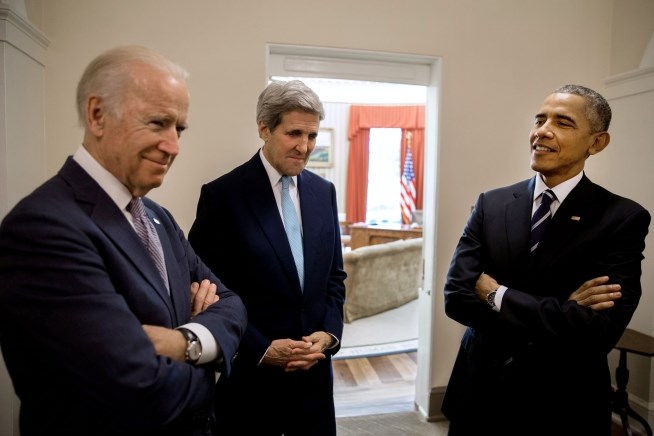On Nov. 2, TransCanada shook up the pipeline debate, asking Secretary of State John Kerry for a pause in its Keystone XL pipeline application. At this stage in the metaphorical international pipeline game, it was third and reallllly long. Continuing with the current drive is not working. The defense has had its way with you and sacked you at every turn. Maybe TransCanada chose to punt instead? Better to improve your field position than mess up the play and turnover. In this case, a turnover means the end of the game.
And on Nov. 6, President Barack Obama rejected the project. He blocked the punt.
My kids spend less time stalling cleaning their rooms than the Obama administration had in making a decision. The atomic bomb was conceived, developed, tested and dropped in less time than this pipeline had been considered. Remember, fundamentally a pipeline isn’t that much different in concept than the plumbing in your house feeding your garden hose. As for the environmental issues, this sort of work happens all over the continent, each and every day. It’s not rocket, or nuclear, science.
So now, all of a sudden, Obama became decisive. If George Bush was “The Decider,” then Obama has been “The Undecider” until now.
I can’t imagine it had anything to do with the upcoming climate change conference in Paris, COP21, a few weeks later.
“Look at what I did to save the planet!” is essentially what Obama was saying.
In the meantime, we got thrown under the bus.
Here’s what we lost in Saskatchewan. During construction, there would have been two companies working on the Alberta and Saskatchewan portions. When you add up all the people collecting a direct paycheck, including TransCanada personnel, contractors and subcontractors, it would have been around 1,200 to 1,300 people.
They would have worked two winter and two summer seasons to do it. During that time, the money pouring into Shaunavon, Swift Current, Leader and Burstall would have made your head spin.
More importantly, we will continue to lose hundreds of millions of dollars more on the price differential for heavy oil. A few years ago I inquired with the Ministry of Economy as to how much money the province was losing in revenue each year due to that Western Canadian Select to West Texas Intermediate differential. Now, remember, the dollar was close to par and oil was around US$100 a barrel. But at that time, the Ministry came back with a figure: C$300 million a year.
That’s a lot of money. Keystone XL would have gone a long way in addressing that differential.
Now, with a world of US$45 oil, the number of oilsands project being cancelled or postponed is enormous. Pipeline proponents, like Premier Brad Wall, have often said, “We need all the above,” meaning Keystone XL, Northern Gateway, TransMountain Expansion, and Energy East. But this notion is based on Canadian oil production growing to six million barrels per day, up from the current 3.8 million barrels per day. With oilsands projects being postponed or abandoned en masse due to the rout in oil prices, the likelihood of reaching 6 million barrels per day is becoming remote, indeed. So will we need all these pipelines?
The one must-have is TransCanada’s Energy East. This pipeline will also have the most impact for Saskatchewan producers. With its planned on ramp at Moosomin and connections via lateral running to Cromer, Man., nearly all of southeast Saskatchewan’s oil production could potentially find its way onto Energy East.
Energy East would displace most, if not all, foreign oil imports into Eastern Canada. Strategically, it would protect us from any foreign oil embargo.
Keystone may be dead. Trudeau may choke off Northern Gateway. It’s time for a concerted effort on Energy East. Our industry could desperately use a touchdown right now.
Brian Zinchuk is editor of Pipeline News. He can be reached at brian.zinchuk@sasktel.net.



